PILLOWS ANNA VAN DEN VONDEL is a 4-star hotel in Amsterdam, ranked 5 of 5 by visitors and is ranked #7 out of 387 hotels in the city by TripAdvisor.
“Cute boutique hotel that shows exactly why the little things matter.”
Hotel visitor feedback

PILLOWS ANNA VAN DEN VONDEL is a 4-star hotel in Amsterdam, ranked 5 of 5 by visitors and is ranked #7 out of 387 hotels in the city by TripAdvisor.
“Cute boutique hotel that shows exactly why the little things matter.”
Hotel visitor feedback
Implementing the following project objective list with a simple, robust solution that always works.


